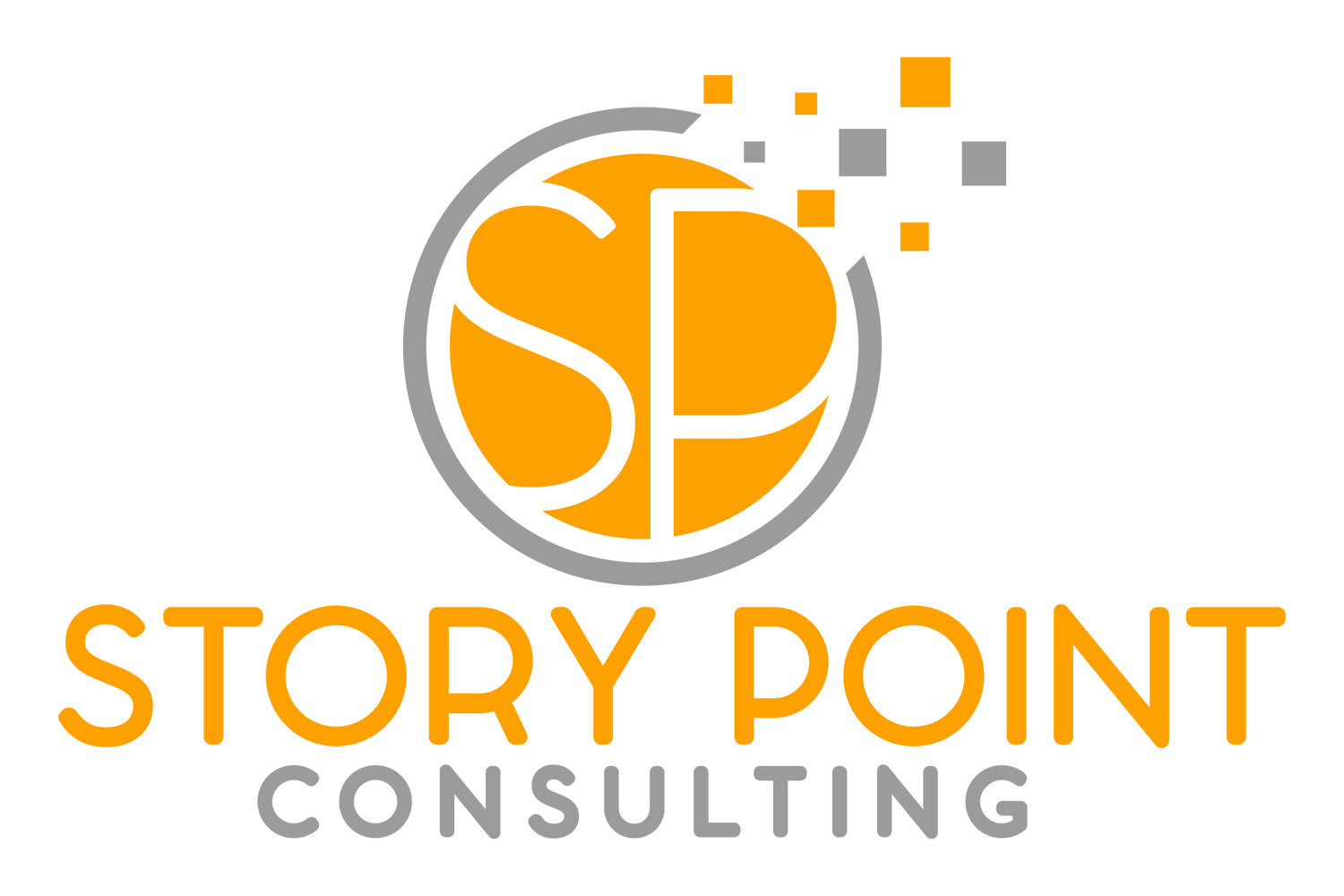Overcoming Donor Fatigue: Tips for Nonprofits
What is donor fatigue?
Are your donors no longer responding to your letters or emails? Or are they donating less frequently? If so, your donors may be experiencing what is referred to as donor fatigue.
According to the Oxford Languages Online Dictionary donor fatigue is, ”a lessening of public willingness to respond generously to charitable appeals, resulting from the frequency of such appeals.”
It is not alarming if a single fundraising appeal does not garner the excitement in your supporters that you had hoped for. Yet, a recurrent pattern of low response to your fundraising efforts may be a sign of a problem. It is important to look deeper into this issue as these donations not only contribute to essential services for communities, but help foster the growth of critical areas such as health, education and our environment.
Why does donor fatigue occur?
Donor fatigue can happen for many reasons. Continually requesting donations, economic downturns, or uncertainty about how donations are used can all cause donor fatigue. Additionally, with so many causes vying for attention, your organization may struggle to stand out, and donors may feel overwhelmed by the volume of requests, particularly during a crisis. This could lead to decision fatigue, as donors cannot support all the causes they care about. Furthermore, donors' interests can change, or negative experiences with your organization, such as feeling their donations were misused, can discourage future giving.
Why your fundraising methods are not working
While your organization may have previously found success with certain fundraising methods, these approaches may no longer be effective. Let's explore some fundraising methods that were once effective but may no longer serve your organization's needs.
Generic communication. In this era of hyper-personalization, services from streaming platforms to online stores are customizing their content to match our interests. This trend extends to donor relations as well. Donors now anticipate personalized communications that mention them by name rather than generic messages.
Not reporting back to the donor. Long-term relationships with donors are built on trust, which is strengthened when organizations show donors the impact of their gifts. If an organization fails to do so, this could lead donors to question whether their donations are being used wisely, affecting their willingness to support the organization in the future.
Focusing on securing one-time donations. Some organizations prioritize securing single donations, forgetting the importance of nurturing relationships with their supporters. An example is an organization that hosts a fundraising event, only not to contact the attendees afterwards. This is a lost opportunity to establish a long-term relationship that could bring continued support well into the future.
Strategies to overcome donor fatigue
All is not lost. Canadians are still very generous and willing to donate to great causes. However, charities and nonprofits need to find ways to be more strategic in how they ask donors for gifts, and in the frequency of their requests. Here are some strategies to help overcome donor fatigue.
Telling a great story. Storytelling can create emotional connections and inspire donors. In particular a case for support that includes stories and testimonials of the communities that you work with can help compel donors to contribute to your organization.
Leveraging data. The ability to track and manage your donor data provides valuable insights into historical contributions, helping establish a baseline for donor capacity. It also aids in identifying donor interests based on their history of campaign support. This data can prevent donation requests for causes they are unlikely to contribute to, thus reducing donor fatigue. Good record-keeping, by using a donor database, enables a custom approach to your donors, ensuring appropriate donation requests without over-asking.
Personalized communication: Incorporating personalization in your communications does not have to be challenging. Strategies like using a donor's name, recognizing past contributions, or segmenting donors with similar interests can enhance the personal feel of your communications with your supporters.
Keeping donors up to date. Remember, not every interaction with donors should focus on asking for donations. There are numerous ways to engage with donors that do not involve asking for money. And by keeping in touch, it builds strong and lasting relationships with donors where your organization considers them as partners in furthering your mission, and not just a source of funds.
Transparency in reporting: Donor reporting is a vital communication tool, enabling donors to see the impact of their gifts. It bolsters your credibility by demonstrating that donations are used as intended. A lack of reporting can lead to donor uncertainty about the use of funds and the impact of their contributions, potentially deterring loyal supporters from giving to your cause again in the future.
Support comes in many forms. Involve donors in your organization by asking for their ideas, or seek feedback from them about any events. Remember, deeper involvement is not always about monetary contributions and that volunteering their time can have an equally significant impact.
By understanding these causes and implementing strategies such as telling a great story, leveraging data, personalizing communication, keeping donors up to date, being transparent in reporting, and recognizing that support comes in many forms, organizations can effectively address donor fatigue. These steps will not only help create more engaging fundraising campaigns, but also cultivate donor relationships that drive sustained support and growth for your organization.




